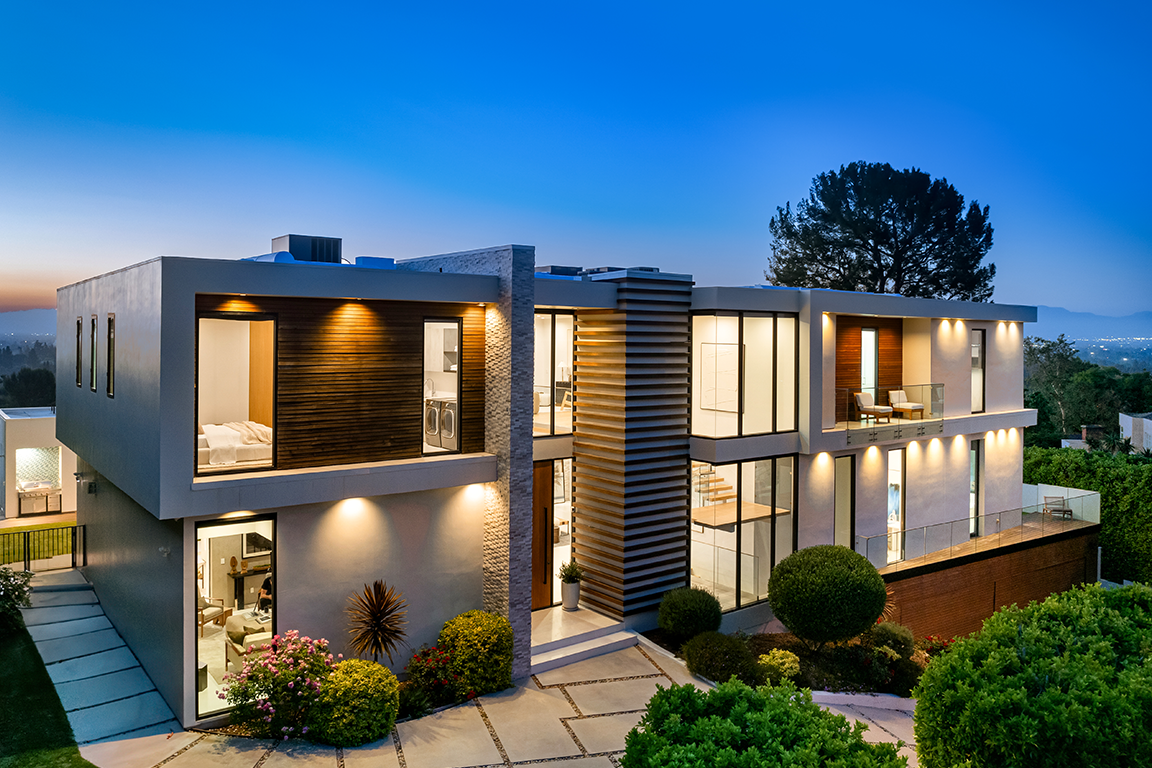If you’re dreaming of a home that’s both stylish and sustainable, your first step should be hiring a Residential Architect. Whether you’re building new or planning a major renovation, a skilled architect can help you design an eco-friendly home that minimizes environmental impact while maximizing comfort, efficiency, and long-term value. It’s more than just installing solar panels or choosing bamboo flooring—sustainable design begins with smart planning, and that’s exactly what a Residential Architect brings to the table.
What Makes a Home Eco-Friendly?
Before diving into the architect’s role, let’s define what makes a home truly eco-conscious. Sustainable homes are designed to:
- Reduce energy consumption
- Use eco-friendly or recycled building materials
- Incorporate renewable energy sources
- Enhance indoor air quality
- Minimize construction waste
- Adapt to their environment naturally (think sunlight, wind, topography)
While you can certainly make small upgrades on your own, creating a truly efficient and eco-smart home requires big-picture thinking—exactly where a Residential Architect shines.
Why You Need a Residential Architect for Sustainable Design
A Residential Architect doesn’t just design a pretty house; they create a living space that functions beautifully for you and the environment. Here’s how:
1. Site-Specific Design
A Residential Architect takes your home’s location into account, optimizing the design for sunlight, shade, wind direction, and even rainfall. In cities like Seattle and Bellevue, this might mean maximizing natural light in cloudy months or designing for effective drainage in rainy seasons.
2. Material Selection
Choosing sustainable materials is about more than just eco-labels. An experienced architect will help you source locally made, non-toxic, and recycled materials that not only reduce environmental impact but also suit your design preferences and budget.
3. Energy Efficiency Planning
A Residential Architect can integrate energy-efficient systems from the get-go: high-performance insulation, passive solar design, efficient HVAC layout, and strategically placed windows and overhangs that naturally regulate temperature—cutting down on utility costs for years to come.
4. Smart Space Planning
Smaller, well-designed spaces use fewer materials and energy without sacrificing comfort. A Residential Architect knows how to make every square foot count, often eliminating the need for unnecessary add-ons or expansions.
5. Certifications and Permits
Want your home to be LEED-certified or meet other green building standards? A licensed architect knows how to meet these benchmarks and navigate local codes and permits. That’s something a contractor or DIY approach simply can’t guarantee.
Collaborating With the Right Architect Firm
The process of building an eco-friendly home is collaborative. When you work with an experienced architect firm, you benefit from a team that understands how to balance your sustainability goals with functionality, beauty, and structural integrity.
An architect firm can also help you coordinate with trusted builders, engineers, and consultants who share your environmental values. This creates a seamless process from design through construction and ensures your green vision becomes a reality.
Sustainable Living Starts Now
As we face increasing climate concerns and rising energy costs, building sustainably is no longer a luxury—it’s a responsibility. And the good news is, with the guidance of a Residential Architect, creating a beautiful, environmentally conscious home is more accessible than ever.
If you’re in the Seattle or Bellevue area and ready to start your journey toward a smarter, greener home, let the experts at Sturman Architects help you bring your vision to life. As a leading architect firm with years of experience in eco-conscious residential design, we tailor every project to the unique lifestyle and values of our clients.
Schedule an appointment today and take the first step toward a sustainable home that’s designed to last.


